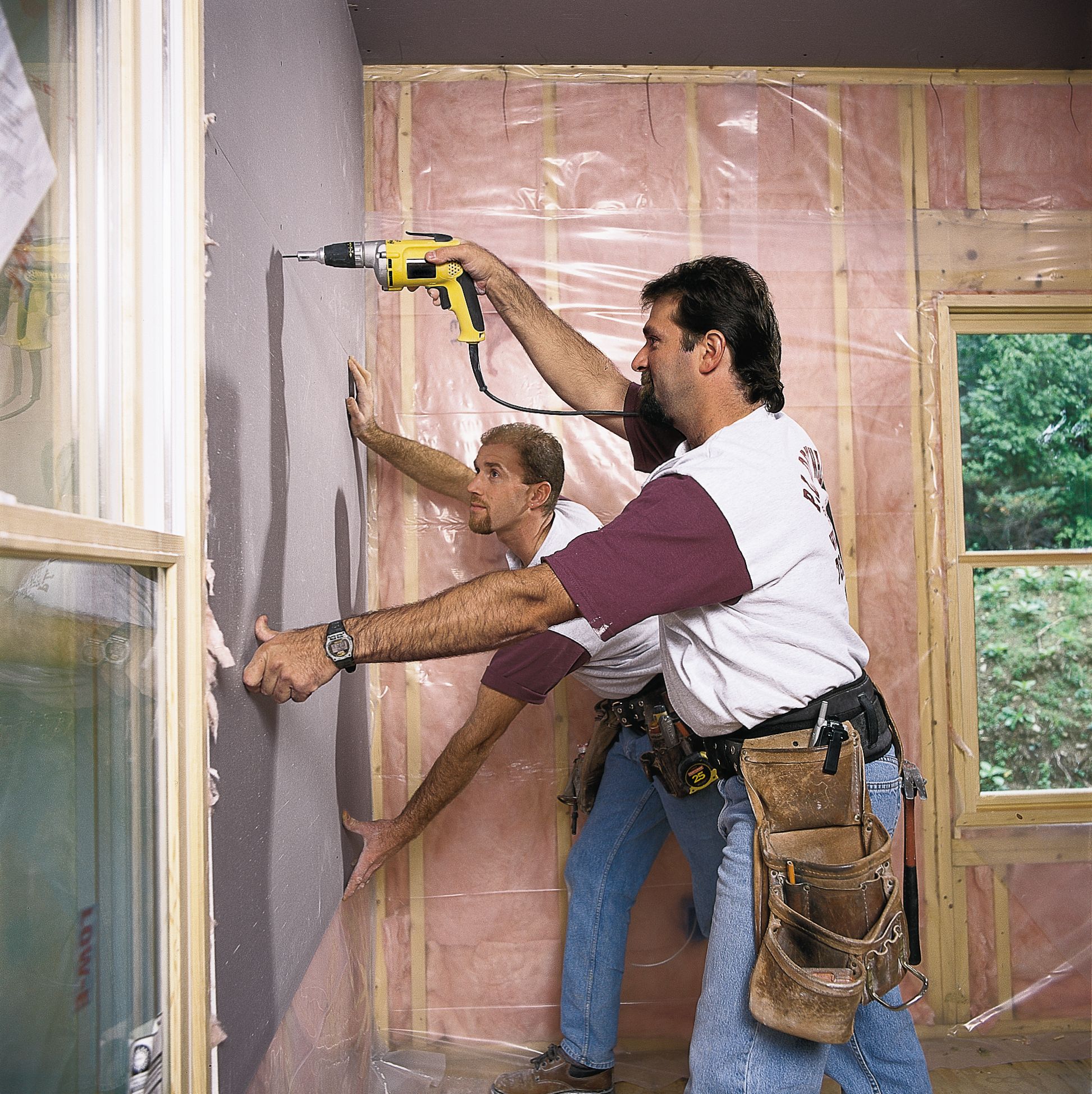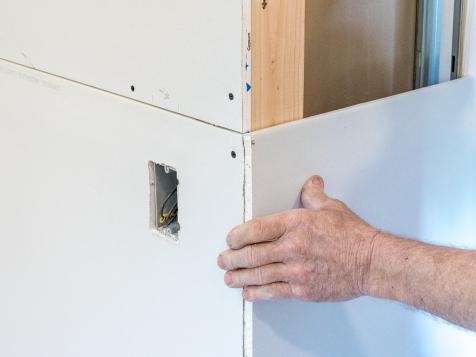Common Mistakes to Avoid in Drywall Repair Projects
Wiki Article
The Ultimate Step-by-Step Overview to Drywall Installment: From Prep to Painting
Drywall installment is a vital action in any kind of building or remodelling job, and it requires mindful interest to information and specific execution. In this comprehensive overview, we will certainly walk you via each step of the process, from the first preparation to the final painting. From collecting the needed devices and materials to gauging and reducing the drywall panels, we will provide you with clear and concise instructions to ensure an effective installation. However that's not all-- we will certainly also cover the critical actions of protecting the panels, finishing the surfaces, and achieving a perfect paint work. So, whether you're an experienced DIY lover or a novice home owner, this overview is your go-to source for accomplishing expert outcomes.
Gather Necessary Equipment and Products
To begin the drywall installment procedure, it is important to collect all the essential tools and materials in a specialist way. Having the right devices and materials not just makes certain a smooth and reliable installment yet also adds to the overall quality and resilience of the completed job.First and leading, you will certainly require a tape action to precisely gauge the measurements of the ceilings and walls. This will enable you to cut the drywall sheets to the proper dimension, decreasing waste. An energy blade with sharp blades is important for tidy and accurate cuts (drywall Edmonton). Furthermore, a T-square can help you accomplish square and straight cuts.
Next, you will screw or need a cordless drill weapon to protect the drywall sheets to the studs. Make certain to have a sufficient number of drywall screws on hand. These screws should be long sufficient to penetrate the drywall and firmly slow to the studs.
Other crucial devices include a drywall lift or a pair of helping hands to aid with positioning and holding the drywall sheets in place. A drywall T-square can be valuable for noting cutting lines, while a rasp or fining sand block will certainly enable you to smooth any harsh edges.
Last but not least, gather all the essential security tools, such as shatterproof glass, gloves, and a dirt mask, to secure on your own during the installment process.
Prepare the Job Location
Before starting the drywall setup process, it is important to properly prepare the workspace to make certain a smooth and efficient installment. This action is crucial as it establishes the foundation for the entire job, making it possible for the installation to continue seamlessly.To begin, it is essential to remove the work area of any type of furniture, designs, or other items that may obstruct the installment procedure. This includes getting rid of wall danglings, covering furnishings, and shielding the floorings with ground cloth or plastic sheets. Furthermore, make certain that the area is well-ventilated by opening up home windows or making use of followers to stop the buildup of dust and fumes.
Next, evaluate the walls and ceilings for any existing damages or abnormalities. Attend to any problems such as splits, holes, or unequal surfaces before continuing with the installation. This might involve patching up holes, sanding down harsh areas, or using a skim coat to also out the surface.
Last but not least, action and mark the design of the drywall sheets on the walls and ceilings. This will certainly act as a guide during the setup procedure and help guarantee exact positioning of the panels (drywall repair). Take into consideration any electrical outlets, buttons, or other components that might require unique interest
Procedure and Cut the Drywall Panels
Accurate dimensions and accurate cuts are essential when dealing with drywall panels during the installment procedure. Before reducing the drywall, it is important to determine the measurements of the area where the panels will be set up. Utilize a determining tape to establish the elevation and size of each section, and see to it to account for any type of electrical outlets or components that might need personalized cuts.Once the dimensions are taken, transfer them onto the drywall panels making use of a pencil or marking tool. Confirm the measurements to ensure precision prior to proceeding with the reducing process. It is advised to use a T-square or straight side to create straight lines for cutting.

When reducing drywall to shield on your own from debris,Remember to put on safety and security goggles and dirt masks. Furthermore, it is advisable to have someone help you in holding the panels imp source throughout the cutting procedure to make certain stability and accuracy
Install and Secure the Drywall Panels
Appropriate installment and protected add-on of the drywall panels is crucial for a successful and sturdy surface. To begin, very carefully raise the drywall panel into place, guaranteeing it lines up with the marked guidelines on the wall. Beginning from one corner, insert drywall screws into the panel, driving them via the drywall and right into the wall surface studs.
End Up and Repaint the Drywall Surfaces
To accomplish a professional and sleek surface, the next step after installing and safeguarding the drywall panels is to thoroughly end up and paint the drywall surfaces. click resources Completing the drywall entails a number of actions to make sure a smooth and seamless look. Any visible seams or joints between the drywall panels should be covered with joint compound and tape. This substance is put on the joints, ravelled, and delegated completely dry. Once completely dry, it is sanded down to produce a smooth surface area. Next, any flaws or uneven locations on the drywall are loaded with joint substance and sanded down up until smooth. After the drywall is appropriately finished, it is time to paint. Before painting, it is necessary to prime the drywall surface areas to guarantee proper bond and a smooth surface. As soon as the primer is completely dry, the drywall can be painted utilizing a roller or brush, depending upon the preferred coating. Several coats might be essential to achieve the desired color and insurance coverage. It is necessary to enable each layer to completely dry before applying the following. Ultimately, once the paint is dry, the drywall surface areas prepare to be enjoyed.Final Thought

From collecting the needed tools and materials to determining and cutting the drywall panels, we will provide you with clear and concise guidelines to guarantee a successful installation.Accurate cuts and accurate measurements are vital when functioning with drywall panels throughout the setup procedure.Appropriate installment and safe and secure add-on of the drywall panels is essential for a effective and resilient coating. Beginning from one edge, insert drywall screws right into the panel, driving them via the drywall and into the wall studs.To achieve a expert and sleek helpful site surface, the following step after mounting and securing the drywall panels is to very carefully complete and repaint the drywall surface areas.
Report this wiki page